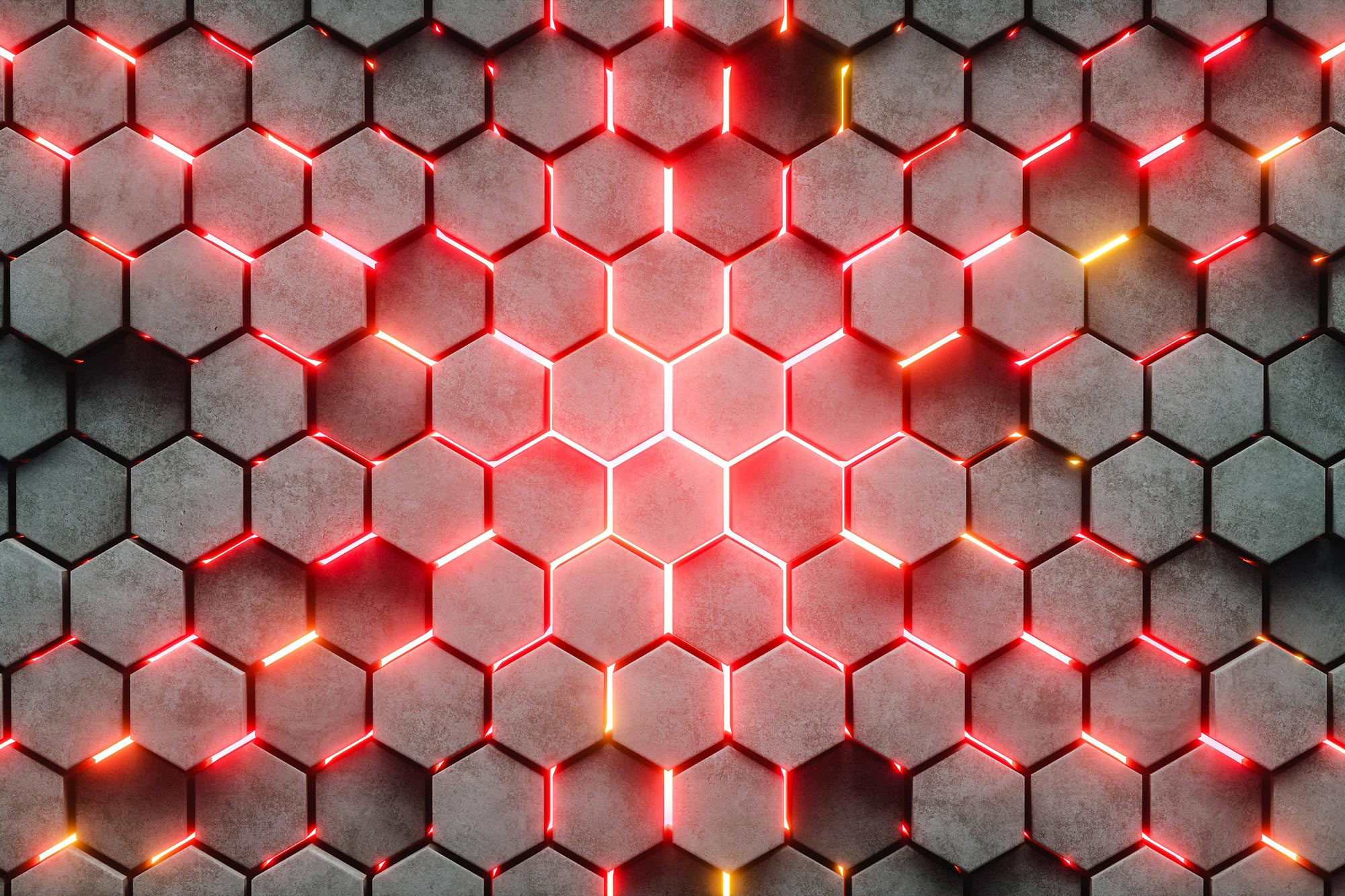
Los investigadores han desarrollado una forma de conservar las propiedades mecánicas de los polímeros bidimensionales llamados estructuras orgánicas covalentes (COF) cuando se apilan en varias capas. Al modificar su estructura molecular, el equipo creó un material liviano varias veces más fuerte que el acero, manteniendo sus propiedades bidimensionales incluso en formas en capas. Las aplicaciones potenciales incluyen membranas de filtro y baterías mejoradas. La investigación también podría influir en el diseño de cerámicas y metales, haciendo posible que se fabriquen y reformen a temperaturas más bajas.
Científicos de la Universidad de Rice y la Universidad de Maryland están liderando esfuerzos para superar un obstáculo importante.
Aunque se reconoce como una de las sustancias más poderosas de la tierra, aprovechar todo su potencial ha demostrado ser una tarea desafiante.
El material 2D, que es más fino que incluso el papel de cebolla más fino, ha recibido mucha atención debido a sus impresionantes propiedades mecánicas. Sin embargo, estas propiedades desaparecen cuando los materiales se superponen, lo que restringe sus aplicaciones prácticas.
«Piense en un lápiz de grafito», dice Teng Li, profesor Keystone en el Departamento de Ingeniería Mecánica de la Universidad de Maryland (UMD). Su núcleo está hecho de grafito, y el grafito está compuesto de muchas capas de[{» attribute=»»>graphene, which has been found to be the world’s toughest material. Yet a graphite pencil isn’t strong at all—in fact, graphite is even used as a lubricant.”
Now, Li and collaborators at Rice University and the University of Houston have found a way to overcome this barrier, by carefully tweaking the molecular structure of 2D polymers known as covalent organic frameworks (COFs). The findings are detailed in a new study published in Proceedings of the National Academy of Sciences.
“It’s a very exciting starting point,” said Rice University materials science and nanoengineering professor Jun Lou, who led the Rice team.

A sample of the covalent organic framework material that researchers found preserves its 2D mechanical properties as a multilayer stack. Credit: Gustavo Raskosky/Rice University
Using molecular-level simulations, the researchers studied different functional groups—that is, arrangements of molecular elements—and then designed two COFs with minute differences in structure. They then studied how the COFs behaved when stacked into layers. It turned out that the tiny structural differences led to significantly different results.
The first COF, like most 2D materials, showed only a weak interaction among layers, and both strength and elasticity drained away as more layers were added. Not so with the second COF, which “exhibits strong interlayer interaction and retains its good mechanical properties even as multiple layers are added,” said Rice University doctoral student Qiyi Fang, a co-lead author of the PNAS paper.
According to the researchers, this phenomenon is most likely due to hydrogen bonding. “We found from our simulations that the strong interlayer interactions in the second type of COF result from the significantly enhanced hydrogen bonding among its special functional groups,” said co-lead author Zhengqian Pang, a UMD post-doctoral researcher and a member of Li’s research group.
Applying their findings, the research team then produced a lightweight material that not only is several times stronger than steel, but preserves its 2D properties even when stacked into multiple layers.
The potential applications are many. “COFs could make excellent filtration membranes,” said Rice’s Lou. “For a filtration system, the functional group structure at the pore will be very important. As you have, say, dirty water traveling through a COF membrane, the functional group at the pore will capture the impurities only and allow the desired molecule to pass. In this process, the mechanical integrity of that membrane will be very important. Now we have a way to design very strong, very fracture-resistant, multilayer 2D polymers that could be very good candidates for membrane filtration applications.”
“Another potential application is for upgrading batteries: Replacing the graphite anode with a silicon one would greatly increase the storage capacity of current lithium-ion battery technologies,” he said.
Insights from the research could also lead to advances in designing a broad range of materials, including ceramics and metals, said Li. Ceramics, for instance, depend on ionic bonding that forms at very high temperatures, which is why a broken coffee mug can’t be easily fixed. Metals, likewise, require forging at high temperatures. With the molecular tweaking being explored by the researchers, similar products could conceivably be manufactured and repaired without turning up the heat.
“Although the immediate context is 2D materials, more generally we’re pioneering ways to exploit the advantageous properties of materials without the constraints these materials present,” Li said.
Reference: “Superior mechanical properties of multilayer covalent-organic frameworks enabled by rationally tuning molecular interlayer interactions” by Qiyi Fang, Zhengqian Pang, Qing Ai, Yifeng Liu, Tianshu Zhai, Doug Steinbach, Guanhui Gao, Yifan Zhu, Teng Li and Jun Lou, 4 April 2023, Proceedings of the National Academy of Sciences.
DOI: 10.1073/pnas.2208676120
The study was supported by the Army Research Laboratory Cooperative Agreement, the Welch Foundation and the Maryland Advanced Research Computing Center.





More Stories
¿Cómo se hicieron los agujeros negros tan grandes y rápidos? La respuesta está en la oscuridad.
Una vaca marina prehistórica fue devorada por un cocodrilo y un tiburón, según los fósiles
El lanzamiento del cohete Falcon 9 de SpaceX se ha detenido a medida que se acercan dos importantes misiones de vuelos espaciales tripulados.